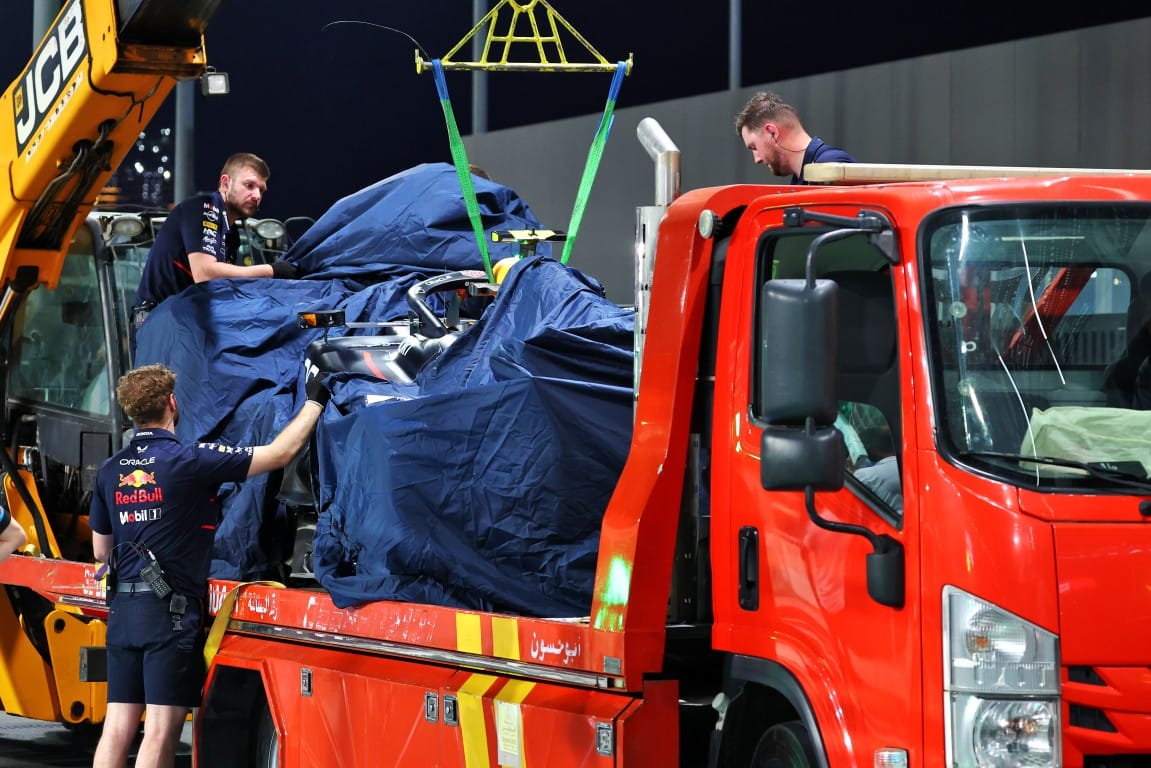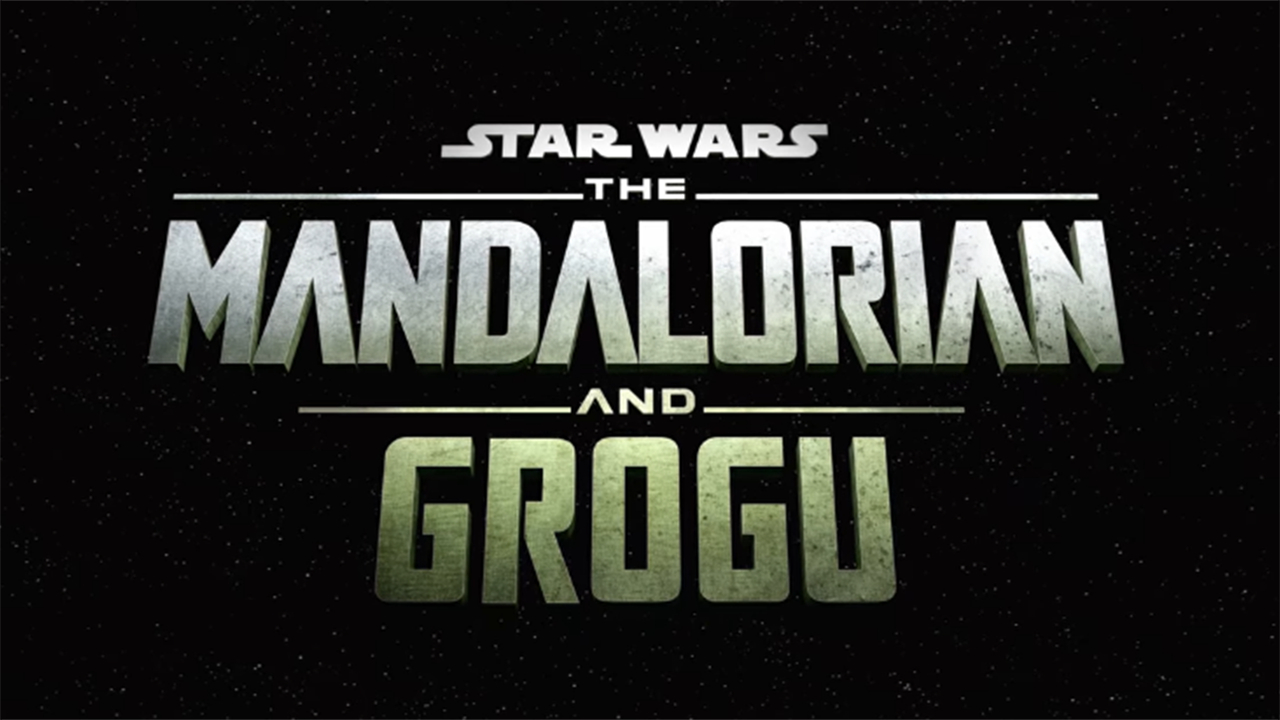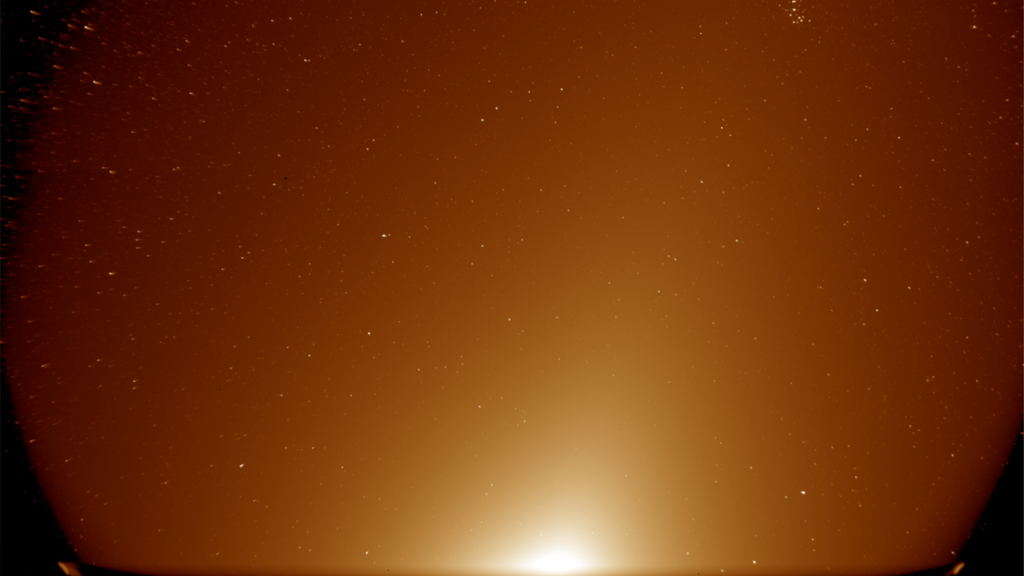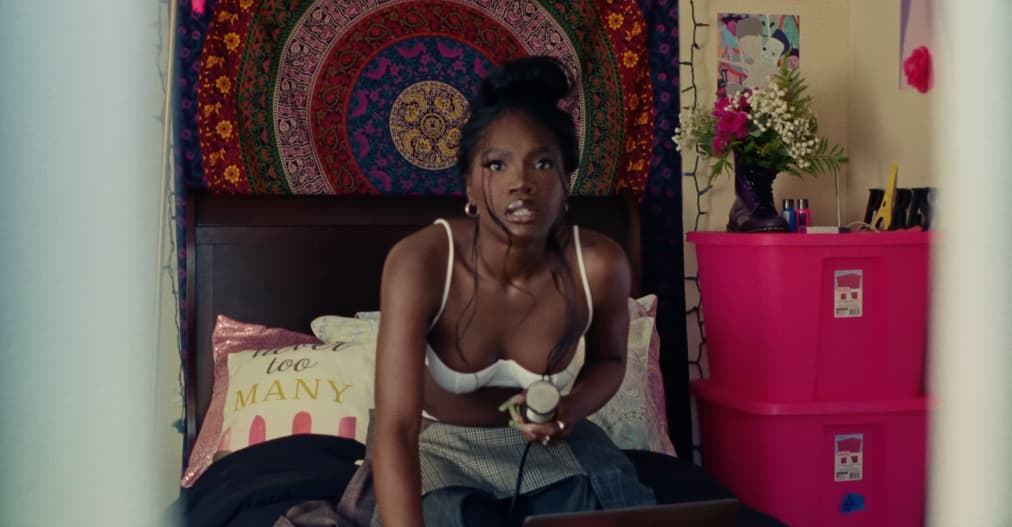Review: Rift of the NecroDancer Can Be a Lot
Crypt of the NecroDancer is one of those games that ended up sort of exploding in an unexpected way! There’s the base entry. Brace Yourself Games worked on The Legend of Zelda style entry called Cadence of Hyrule. Now we’ve got Rift of the NecroDancer, a more traditional type of rhythm game with characters and music from the series. It generally feels like a lot of fun, though the implementation of enemies as certain types of notes can be a lot to take in. Rift of the NecroDancer begins with Candence on a fairly typical adventure. However, a mysterious rift sucks her into an alternate world. While she attempts to find a way home, she runs into other characters from Crypt of the NecroDancer who also found themselves pulled into the rift and forced to start living new lives. By meeting them and dealing with incoming enemies, she’ll start to find the people responsible and perhaps find a way to save the day. https://www.youtube.com/watch?v=hqbHXJ0JIyI&ab_channel=NintendoofAmerica The majority of the Rift of the NecroDancer story mode and standard game involve going through tracks. Cadence has 10 health, which can be lost by missing hitting an enemy or replenished by eating food that might come down a track by “hitting” its note indicator. Your goal is to survive until the end of the song, hitting all of the enemies that come out of the rift during the track. In story mode, these are interspersed with segments going over what’s going on in this alternate reality Cadence and other characters found themselves in and minigames going over their new daily lives and boss fights. For the most part, it works, and the story segments especially are far better and more engaging than I expected them to be. The issue I have with Rift of the NecroDancer is that it sometimes feels like it is too busy. There is a reason that so many successful rhythm games feature note indicators that are relatively simple and clearly color-coded. Even when using licensed music or songs that are incredibly familiar, it can be a challenge to keep up. Here, we’re forced to not only keep up with the beat and watch for indicators, we need to keep an eye on their shape, color, and direction. On the two easiest difficulty levels, it’s completely fine and works great. On higher ones? I didn’t have as much fun. Let’s use the bats as a first example. They come in blue, red, and yellow. Color tells you how many times you need to “hit” that indicator. Blue is two. Red and Yellow both need to be hit three times. However, the more concerning part is that you need to watch the direction they are facing, as that shows which lane it will go into after each hit. Blue always only moves left or right once. Red moves one row over, then back to the original row. Yellow moves to three different ones. Except when things start going really fast and there are multiple enemies to hit on notes at the same time, it gets problematic! Especially if you have a bat facing left on the leftmost row, indicating it will go to the rightmost row. Images via Brace Yourself Games Another one that gets to be an issue is the Blademaster. This is because you need to watch and see when it raises its sword, because it’ll immediately attack no matter how far back it is and need to be countered on the next beat after it does. And if it is a blue one, it’ll need two hits to die. Even with an audio cue when it raises the sword, it’s frustrating. There are also shadows, which are another infuriating on Hard and Impossible difficulties. The type of shadow an opponent has will determine how it moves in time with the beat. Couple that with traps that can change movement types or mask characters, and it is so much to deal with as you play. I appreciate the idea and attempt to insert Crypt of the NecroDancer enemies into the game! On Easy and Normal difficulties, it’s fine and can be novel. The execution makes me dread attempting higher difficulties sometimes. While I’m not entirely sold on Brace Yourself Games and Tic Toc Games’ Rift of the NecroDancer mechanics for standard tracks, I love the approach behind minigames and boss fights. These can feel more like Rhythm Heaven minigames. One of the earliest ones is a yoga class with Dove that involves button presses to perform poses in time with other students and making burgers at a diner with another familiar face in the same way with the same ingredients and timing. With the boss fights, you need to press in time to dodge attacks, then counter with your own hits if you did so successfully. On top of that, these minigame and boss stages look incredible. The art direction is fantastic. They look smooth! Inputs are clearly defined! It’s great. Characters are visibly recognizable too, even with the new art direction and AU looks. Plus, it means there's more characterization and personality for folks who didn't get that kind of attention in the first game. Rift of the NecroDancer features some interes
![]()
Crypt of the NecroDancer is one of those games that ended up sort of exploding in an unexpected way! There’s the base entry. Brace Yourself Games worked on The Legend of Zelda style entry called Cadence of Hyrule. Now we’ve got Rift of the NecroDancer, a more traditional type of rhythm game with characters and music from the series. It generally feels like a lot of fun, though the implementation of enemies as certain types of notes can be a lot to take in.
Rift of the NecroDancer begins with Candence on a fairly typical adventure. However, a mysterious rift sucks her into an alternate world. While she attempts to find a way home, she runs into other characters from Crypt of the NecroDancer who also found themselves pulled into the rift and forced to start living new lives. By meeting them and dealing with incoming enemies, she’ll start to find the people responsible and perhaps find a way to save the day.
The majority of the Rift of the NecroDancer story mode and standard game involve going through tracks. Cadence has 10 health, which can be lost by missing hitting an enemy or replenished by eating food that might come down a track by “hitting” its note indicator. Your goal is to survive until the end of the song, hitting all of the enemies that come out of the rift during the track. In story mode, these are interspersed with segments going over what’s going on in this alternate reality Cadence and other characters found themselves in and minigames going over their new daily lives and boss fights. For the most part, it works, and the story segments especially are far better and more engaging than I expected them to be.
The issue I have with Rift of the NecroDancer is that it sometimes feels like it is too busy. There is a reason that so many successful rhythm games feature note indicators that are relatively simple and clearly color-coded. Even when using licensed music or songs that are incredibly familiar, it can be a challenge to keep up. Here, we’re forced to not only keep up with the beat and watch for indicators, we need to keep an eye on their shape, color, and direction. On the two easiest difficulty levels, it’s completely fine and works great. On higher ones? I didn’t have as much fun.
Let’s use the bats as a first example. They come in blue, red, and yellow. Color tells you how many times you need to “hit” that indicator. Blue is two. Red and Yellow both need to be hit three times. However, the more concerning part is that you need to watch the direction they are facing, as that shows which lane it will go into after each hit. Blue always only moves left or right once. Red moves one row over, then back to the original row. Yellow moves to three different ones. Except when things start going really fast and there are multiple enemies to hit on notes at the same time, it gets problematic! Especially if you have a bat facing left on the leftmost row, indicating it will go to the rightmost row.


Another one that gets to be an issue is the Blademaster. This is because you need to watch and see when it raises its sword, because it’ll immediately attack no matter how far back it is and need to be countered on the next beat after it does. And if it is a blue one, it’ll need two hits to die. Even with an audio cue when it raises the sword, it’s frustrating.
There are also shadows, which are another infuriating on Hard and Impossible difficulties. The type of shadow an opponent has will determine how it moves in time with the beat. Couple that with traps that can change movement types or mask characters, and it is so much to deal with as you play. I appreciate the idea and attempt to insert Crypt of the NecroDancer enemies into the game! On Easy and Normal difficulties, it’s fine and can be novel. The execution makes me dread attempting higher difficulties sometimes.



While I’m not entirely sold on Brace Yourself Games and Tic Toc Games’ Rift of the NecroDancer mechanics for standard tracks, I love the approach behind minigames and boss fights. These can feel more like Rhythm Heaven minigames. One of the earliest ones is a yoga class with Dove that involves button presses to perform poses in time with other students and making burgers at a diner with another familiar face in the same way with the same ingredients and timing. With the boss fights, you need to press in time to dodge attacks, then counter with your own hits if you did so successfully.
On top of that, these minigame and boss stages look incredible. The art direction is fantastic. They look smooth! Inputs are clearly defined! It’s great. Characters are visibly recognizable too, even with the new art direction and AU looks. Plus, it means there's more characterization and personality for folks who didn't get that kind of attention in the first game.
Rift of the NecroDancer features some interesting ideas and a great story mode, which shows how well the concepts from Crypt of the NecroDancer work in a new genre. I’m not the biggest fan of how some enemies are implemented, especially given the difficulty they present on more challenging levels when a lot of concepts are tossed at the player at once. It’s enjoyable and interesting, though how well you do while playing will be determined by your love of the series and music and willingness to really learn how to handle any type of attack. Those without a connection to the series might find themselves frustrated though, especially if they skip the tutorials.
Rift of the NecroDancer is available on the Nintendo Switch and PC.
The post Review: Rift of the NecroDancer Can Be a Lot appeared first on Siliconera.



















![How to Work With HAR Files: A Step-by-Step Guide [With Examples]](https://media2.dev.to/dynamic/image/width=800%2Cheight=%2Cfit=scale-down%2Cgravity=auto%2Cformat=auto/https%3A%2F%2Fdev-to-uploads.s3.amazonaws.com%2Fuploads%2Farticles%2F5wovh8gozs51ofbg0nks.png)




















































